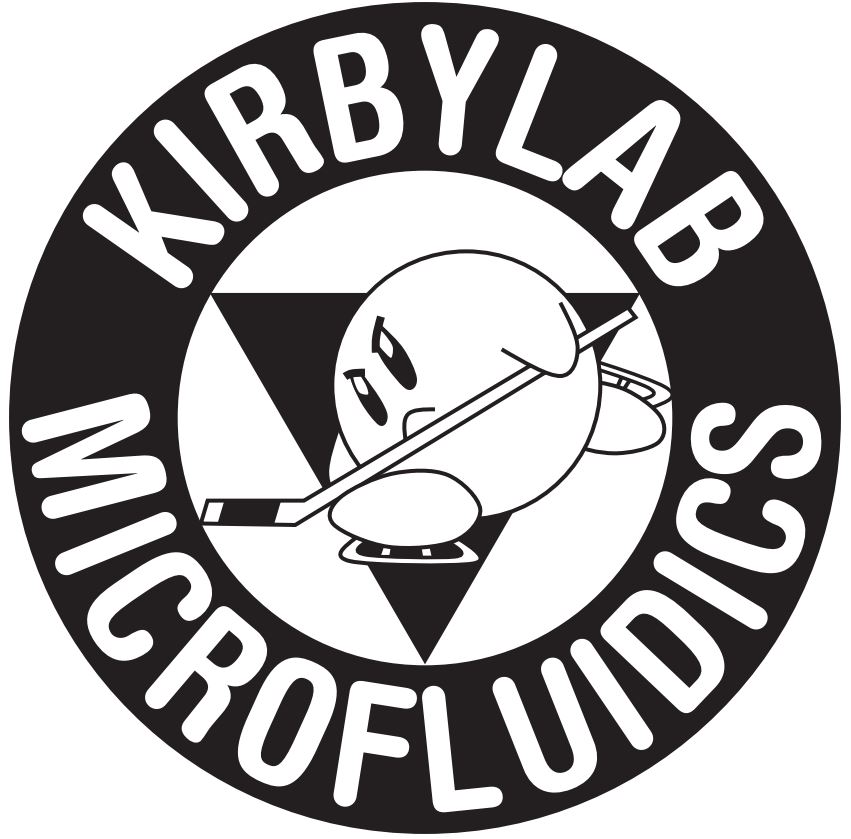Engineering Microfluidic Devices for Neural Culture
We recently communicated our efforts toward the development and implementation of a novel neural cell culture device with spatiotemporal solute delivery. Our work, in collaboration with Gary Banker and Cheng Fang at Oregon Health and Sciences University, details the construction and culture of nerve cells within a microfluidic device. We demonstrate that neurons seeded in our device grow predictably and survive for several days within the closed device. We additionally present an analytical framework to engineer solute interactions in nerve cell culture, which can be generalized to other device geometries.
This work is motivated by the need to screen and evaluate solutes for their effects on intracellular transport within the neuron. Several researchers have proposed that the cause of neurodegeneration is due to transport defects within individual nerve cells. Our platform can impose solutes on neurons at specific locations. These solutes can be toxins, meant to stimulate a transport defect within the cell, or a therapeutic agent, to protect against transport failures. Additionally, our device layout is both multiplexed and directional; these design aspects can lead to high inference studies, as a large number of cells can be probed on one device with minimal time spent determining cell polarity/orientation.
Our design approach of the neural cell culture system considers both the effects of geometry on the cells (via shear stress) as well as the solute distribution (via concentration profiles in space and time), in addition to other effects such as materials compatibility. Toward generalizing our approach to different types of cells and solutes, we simplify the output of the governing convection-diffusion equations to parametrized plots and algebraic relations so that designs may easily be evaluated by predicting device performance.
